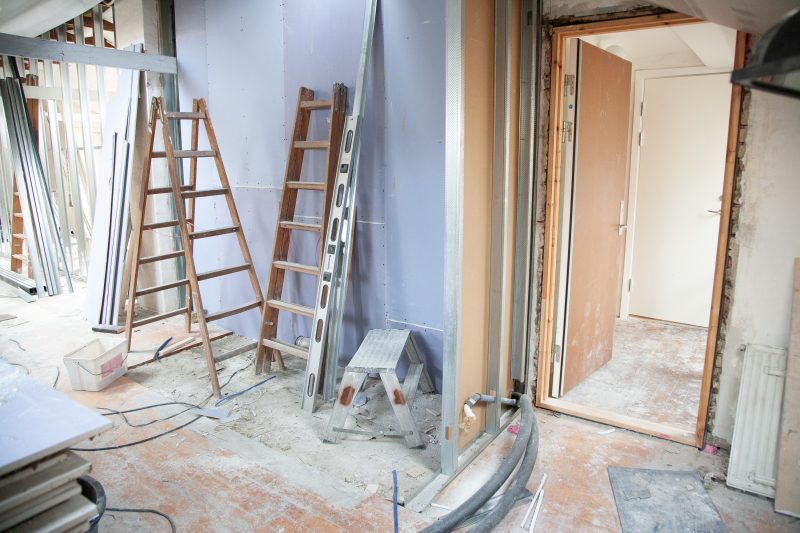In recent years, urban revitalization has emerged as a powerful force reshaping the landscape of cities worldwide. From abandoned industrial sites to neglected neighborhoods, the transformation of urban spaces is breathing new life into once-forgotten areas.
For commercial real estate firms, this trend presents both challenges and unprecedented opportunities. Follow along as we explore the effects of urban revitalization on the commercial real estate market and shed light on why savvy investors and developers are jumping on its revitalization bandwagon.
Increased Demand for Commercial Spaces
As urban areas undergo revitalization, there is a noticeable surge in demand for commercial spaces. The allure of vibrant neighborhoods with a mix of businesses, trendy restaurants, cultural venues, and green spaces attracts businesses and entrepreneurs looking to capitalize on the renewed foot traffic and customer base. As a result, there is a heightened interest in leasing or purchasing commercial properties in these reinvigorated locations.
Escalating Property Values
This increased demand of course leads to increased property value. A once neglected property can be transformed into a sought after hub of activity and business. We’ve seen this trend in our local markets, with major transformations and developments being made in Venice, Lakewood Ranch, and more, where otherwise empty, rural areas on the edge of the city limits are now the most sought after retail location for business owners. While this may pose challenges for affordability, it also represents a tremendous opportunity for investors to invest in these otherwise dying areas that are likely to yield significant returns in the long run.
Attracting Diverse Tenants
With the influx of new businesses and cultural establishments in revitalized urban areas, the tenant landscape becomes more diverse. A mix of startups, established companies, creative agencies, and medical practices converge in these vibrant neighborhoods, creating a well-rounded and dynamic atmosphere. Commercial real estate agents are expert matchmakers, creating the perfect combination of tenants to build a community of prospering business.
Renovations and Adaptive Reuse Projects
Up front, these investments tend to involve hefty renovation and adaptive reuse projects, which can present unique challenges and rewards for developers. Often, investors will be restoring historical buildings, completely transforming old factories, or demolishing and building new, all coming with timely and costly investments. However, by transforming these areas into trendy office spaces, multi-family developments, or chic retail outlets, investors will create all new opportunities for passive income for many years to come.
One example of this happening today: the continuing bank failures. Due to shifts in technology, the U.S. banking industry has been significantly downsizing its retail branch footprint, and with this has come 564 bank failures from 2001 to 2023. So, what happens with all of these well located, vacant banks? Last August, SVN Commercial Advisory Group represented an out-of-market investor that owned a former PNC Bank location in Lakewood Ranch, Florida, and helped secure a buyer who would transform the site into a sedation dentistry office.
Working in Opportunity Zones
SVN Commercial Advisory Group has a history of working in these urban areas, specifically in designated opportunity zones. These zones are part of a federal initiative that gives investors tax incentives to purchase real estate in economically challenged areas. For example, in March 2023, the firm managed a $5.025 million industrial sale of a single-tenant facility in Sarasota, Fla. The 1.24-acre property on N. Orange Avenue went to a successful company that makes GPS systems for electric carts. Mike Migone, CCIM, Senior Investment Advisor with SVN Commercial Advisory Group, represented the seller in a deal that benefitted buyer, seller and the surrounding community.
Infrastructure and Connectivity Improvements
Luckily for investors, revitalization efforts come hand-in-hand with infrastructure and connectivity improvements. Local governments invest in upgrading public transportation, creating pedestrian-friendly areas, and enhancing overall accessibility. These overall improvements only increase the appeal of the area and available spaces. Currently in development, The Sarasota Bayfront Master Plan, designed by Sasaki, lays the groundwork to transform a 53-acre, city-owned site on the stunning “Cultural Coast” of Florida into a more inclusive and welcoming community waterfront destination.
Mitigating Risks & Uncertainties
While urban revitalization offers tremendous potential for commercial real estate firms, it is essential to address the risks and uncertainties that come with such projects. Changing market dynamics, regulatory challenges, and community opposition are some of the potential obstacles that must be navigated. Working closely with local authorities, engaging with community stakeholders, and conducting thorough due diligence are critical steps in mitigating these risks.
Urban revitalization is breathing new life into urban spaces and creating a ripple effect in the commercial real estate market. While the path to success may have its hurdles, embracing the opportunities presented by urban revitalization can lead to long-term prosperity for investors and a meaningful contribution to the transformation of our cities. By working with a commercial real estate agent, investors can get an edge on where these prime opportunities lie, while the agent also works to fill each space with the ideal tenant, thus creating a thriving investment.

